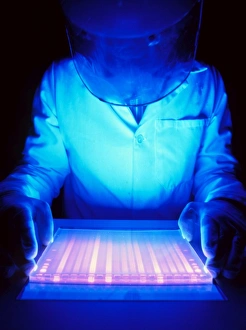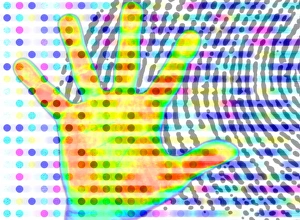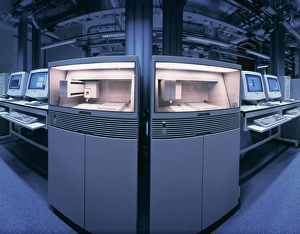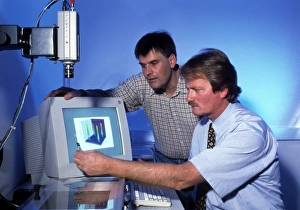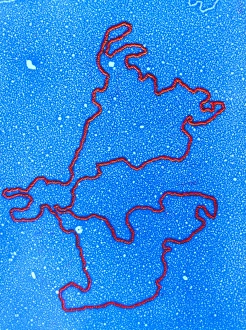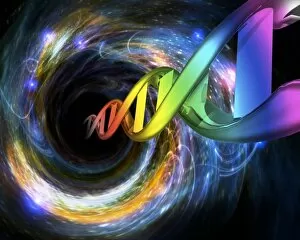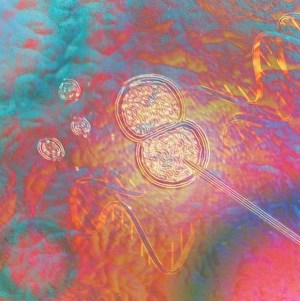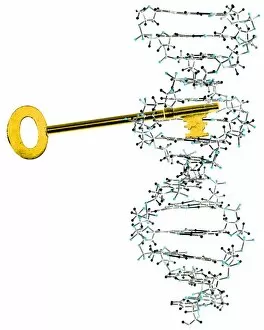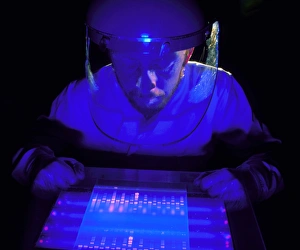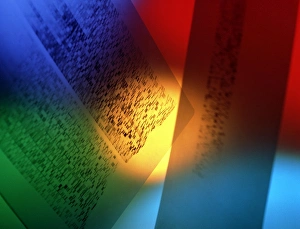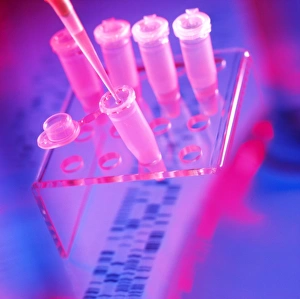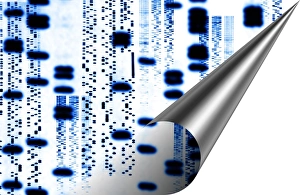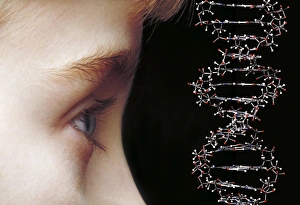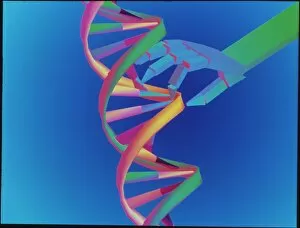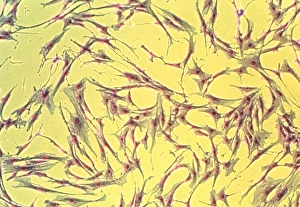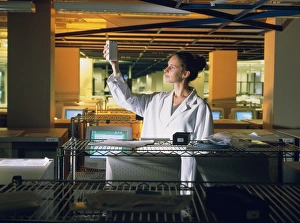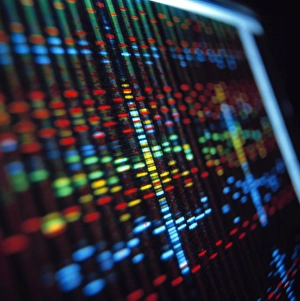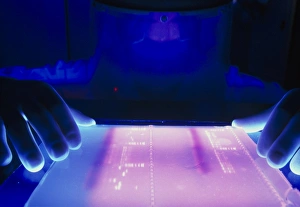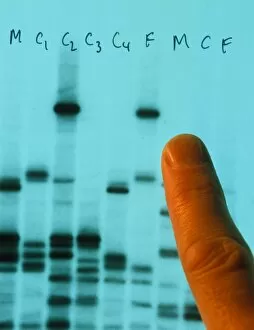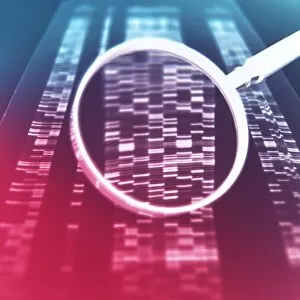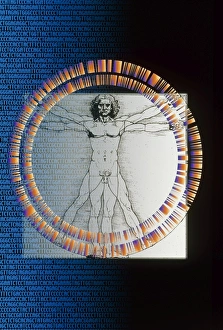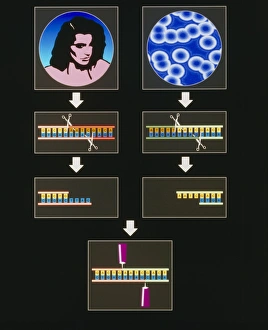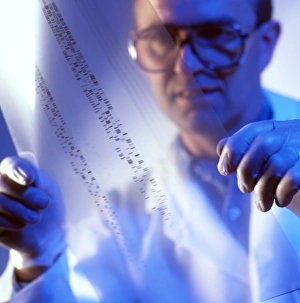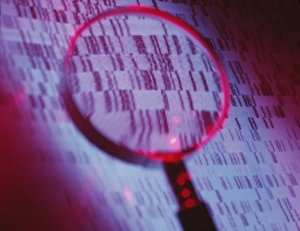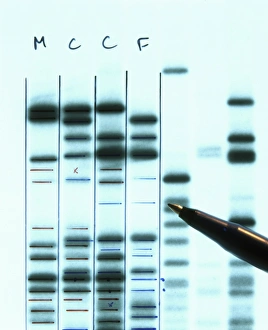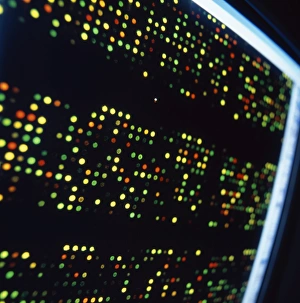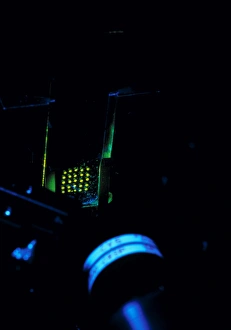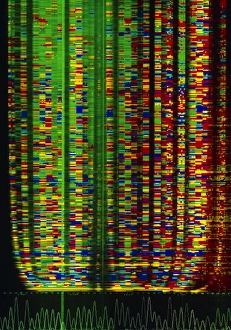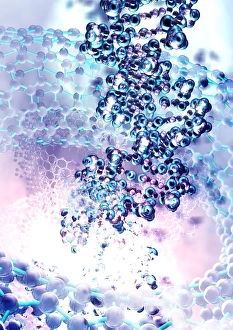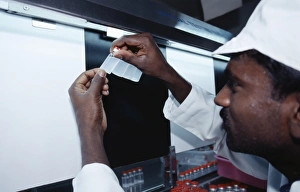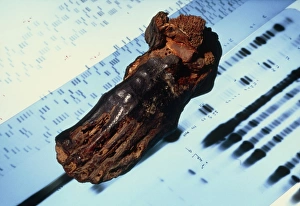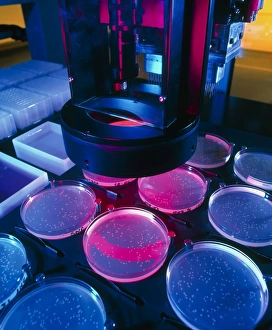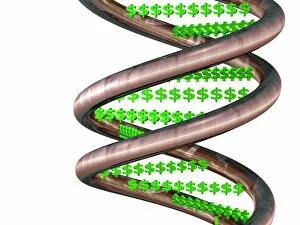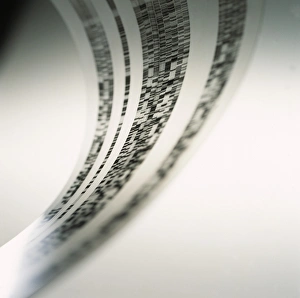Bio Technology Collection (page 8)
"Unleashing the Power of Bio Technology: Revolutionizing Science and Shaping Our Future" In today's rapidly advancing world
All Professionally Made to Order for Quick Shipping
"Unleashing the Power of Bio Technology: Revolutionizing Science and Shaping Our Future" In today's rapidly advancing world, bio technology stands at the forefront of innovation, unlocking endless possibilities for humanity. As we gaze upon a computer screen displaying a mesmerizing human genetic sequence, we witness the intricate blueprint that defines our existence. But it doesn't stop there; bio technology continues to surprise us with its boundless creativity. Behold the square tomato, an extraordinary feat achieved through genetic engineering, showcasing how science can reshape nature itself. Delving deeper into this captivating realm, we encounter a DNA autoradiogram artwork—a fusion of science and art—where beauty meets scientific discovery in stunning visual representation. Zooming into the microscopic world, we observe a false-color scanning electron microscope image of hybridoma cells—an invaluable tool in producing monoclonal antibodies for medical breakthroughs against diseases like cancer. Speaking of cancer treatment advancements, an anti-cancer drug binding to DNA comes alive under atomic force microscopy (AFM), illustrating how precision medicine is revolutionizing patient care on a molecular level. The complexity behind these innovations becomes apparent as we explore genetic circuit diagrams—a roadmap guiding scientists towards manipulating biological systems for various applications such as sustainable agriculture or disease eradication. With every step forward in bio technology comes meticulous analysis. Scientists diligently examine DNA sequences using cutting-edge techniques to unravel mysteries hidden within our genes and unlock potential cures for countless ailments. Venturing beyond human genomes, grapevine genome sequencing takes center stage—unveiling secrets that enhance wine production while preserving ancient varieties cherished by connoisseurs worldwide. Yet amidst all this progress lies responsibility. The international biohazard symbol reminds us of the crucial need for safety protocols when working with potentially dangerous organisms or substances—a reminder that ethical considerations must always accompany scientific exploration. Within glass laboratory flasks bubbling with curiosity and ambition lie answers waiting to be discovered—the very essence of scientific inquiry that propels bio technology forward.

